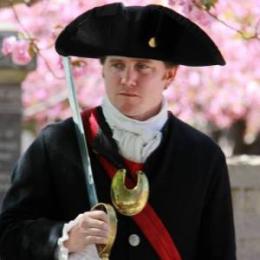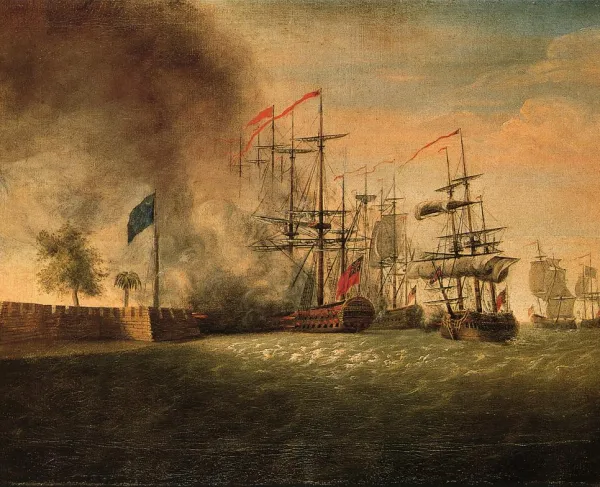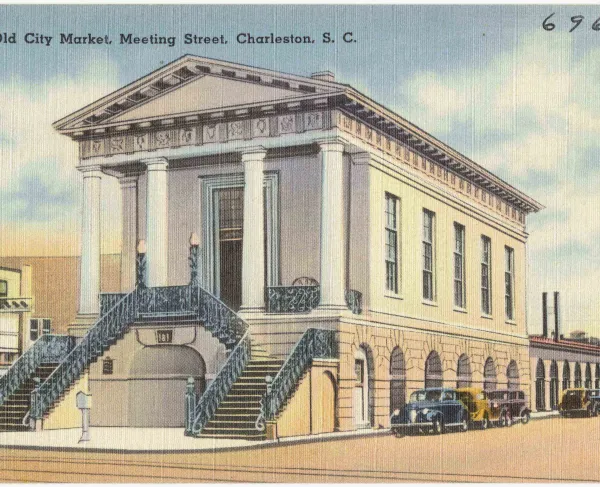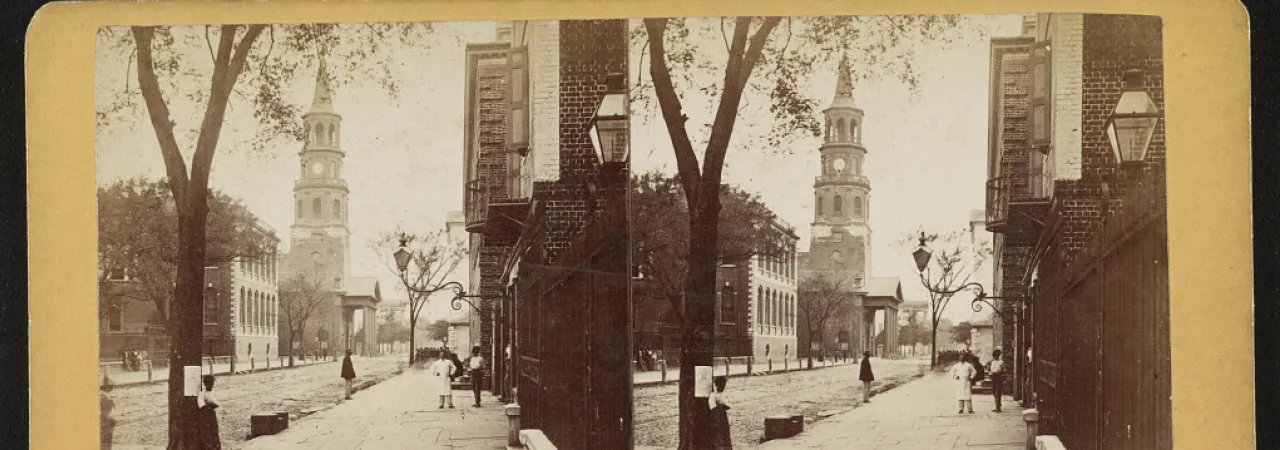
St. Michael's Episcopal Church in Charleston.
St. Michael's Church is one of the most historic churches in South Carolina. The site where St. Michael’s stands has been used for religious worship since the very beginning of Charleston in 1680. At that time, St. Philip’s Church had a wooden church at the site on the southeast corner of Meeting and Broad Streets. In 1723, St. Philip’s Church moved to its current location on Church Street. Between 1751 and 1761, St. Michael’s Church was constructed. The church had a 186-foot-tall steeple that was a lookout and navigational beacon for the port city.
The bells in the steeple of St. Michael’s are the original ones cast in London in 1764 and have a history of their own. After the British evacuated Charleston in 1782, they took the bells from St. Michael’s with them. They were returned shortly after the war but, in 1823, sent back to London to be recast after cracks had appeared on them. During the American Civil War, the bells were sent to Columbia, South Carolina, for safekeeping; however, Columbia was targeted by General William T. Sherman’s Union army. The bells suffered great damage from the city's burning and were sent back to London to recast. They returned to St. Michael’s after the war. The colonial bells still ring in St. Michael’s to this day.
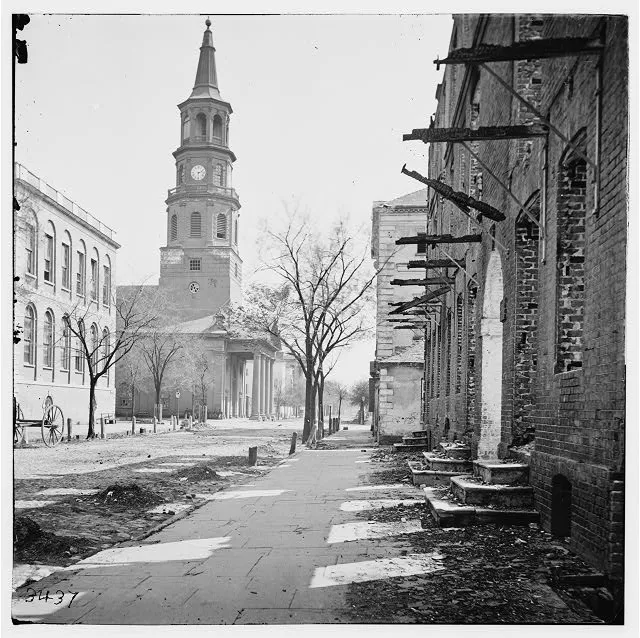
St. Michael’s has survived multiple hurricanes, fires, a devastating earthquake in 1886, and two wars and occupations. The church was a prominent landmark in the city during the Revolutionary War. Following the Patriot victory at the Battle of Sullivan’s Island, the bells rang out the song “Three Blind Mice.” During the 1780 Siege of Charleston, the church steeple was painted black to make it more difficult for British artillerists to aim their cannon during night bombardments. A patriot, Peter Timothy, stayed up in the steeple and tracked British movements towards the city throughout the siege.
When George Washington visited Charleston in 1791, he worshipped in Pew 43 at St. Michael’s. He also ascended to the top of the steeple to view the city of Charleston. Washington noted that from the steeple, “the whole is seen in one view and to advantage. The gardens & green trees which are interspersed adding much to the beauty of the prospect.” The Marquis de Lafayette also worshipped at St. Michael’s when he visited Charleston in 1825. During the American Civil War, Robert E. Lee worshipped in the same pew as Washington in Charleston in 1861.
During the American Civil War, the steeple was once again painted black, making it difficult for Union artillery to find it at night. Once again, the steeple was used as a lookout by Confederate troops as the Union laid siege to the city.
Surrounding the church is the graveyard, which contains the graves of many famous Charlestonians. Charles Cotesworth Pinckney, a Continental Army officer and signer of the United States Constitution, is buried in the graveyard. Also buried there is John Rutledge, the governor of South Carolina during the Revolutionary War and was also a signer of the United States Constitution and later the Chief Justice of the United States Supreme Court. Also, General Mordecai Gist is buried in the churchyard from the Revolutionary War era. Originally from Maryland, Gist served in the Continental Army and fought at the Battle of Brooklyn, the Battle of Camden, and the Siege of Yorktown. After the war, he settled in Charleston, where he died.
There are also people buried in the churchyard related to the American Civil War. Thomas Wagner was a Confederate officer who died in a cannon accident at Fort Moultrie and was buried at St. Michael’s. Fort Wagner on Morris Island was named after him. Also buried in the churchyard is James L. Petigru, a staunch Unionist during the war who still maintained the respect of the Confederate Charlestonians. Inside the church are plaques to many Confederate soldiers who died in the war, including Oliver Hering Middleton, Jr., who was only 18 years old when he was killed in Virginia in 1864.
St. Michael’s has continued to hold worship services since the colonial era, and it stands as one of the most historic buildings in the city.
